Network Adapter Keeps Crashing? Here Are Some Fixes!
A constantly crashing network adapter can cause significant interruptions. There may be frequent connection drops, internet connectivity issues, unresponsive applications that rely on the network, and error messages related to the network.
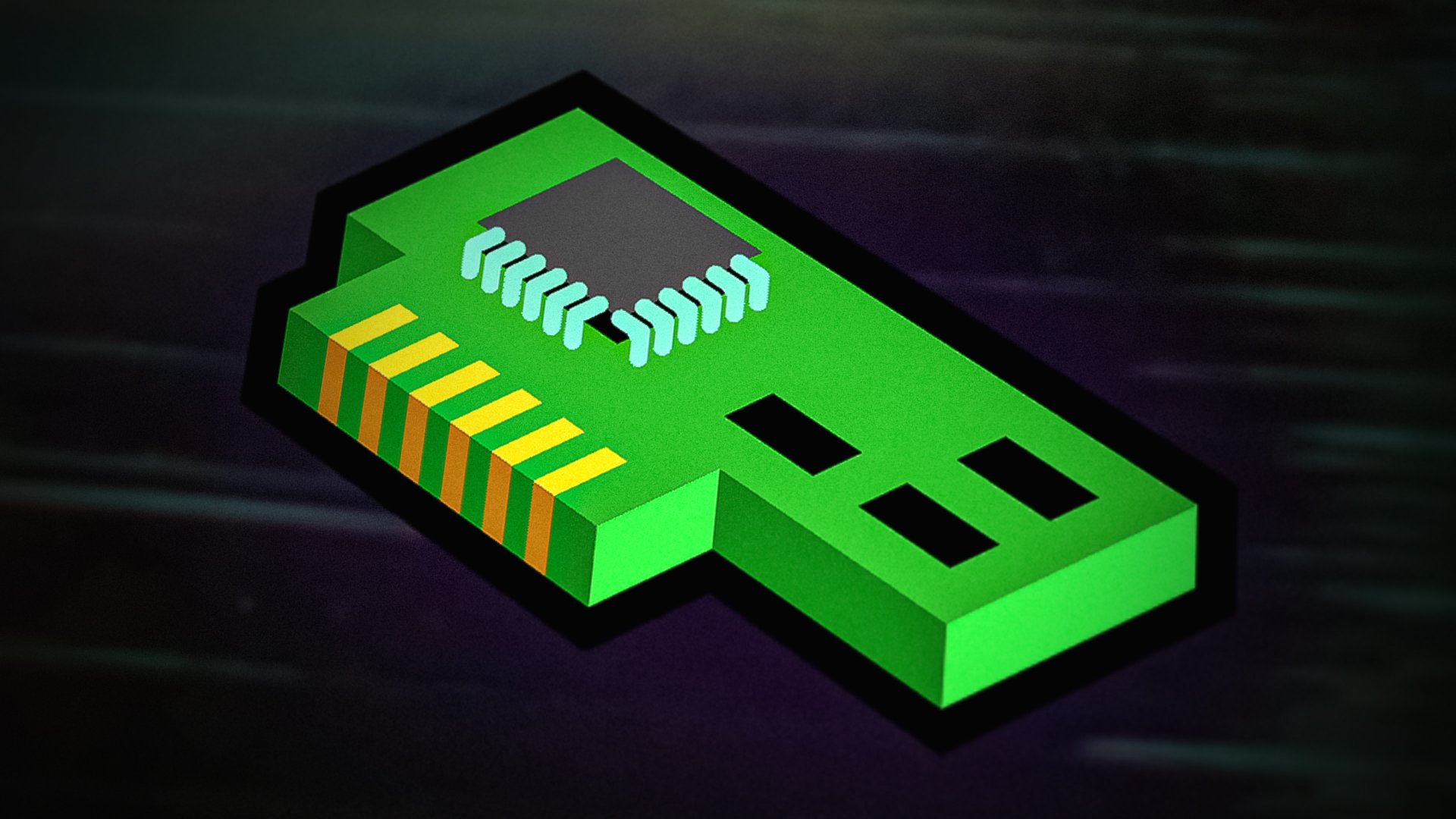
One of the most common causes of a crashing network adapter is outdated or corrupted drivers. There are many reasons for this, including problems with compatibility with the latest version of Windows, hardware changes, or malware infections. Other causes for this issue include malware and issues within the system.
In this guide, we will discuss the troubleshooting methods you can try to resolve the problem once and for all.
1. Run the network adapter troubleshooter
The first thing that we recommend doing is running the network adapter troubleshooter.
Windows includes a network adapter troubleshooter that automatically diagnoses and fixes common network problems. It works by checking for issues such as incorrect network settings and conflicts with other devices on the network. If the troubleshooter finds an issue, it will attempt to resolve it automatically. This can help resolve the issue of a crashing network adapter by fixing any problems that may be causing the crashes.
Here is how you can proceed:
- Press the Win + I keys together to open the Settings app.
- Choose System from the left pane.
- Navigate to Troubleshoot > Other troubleshooters.
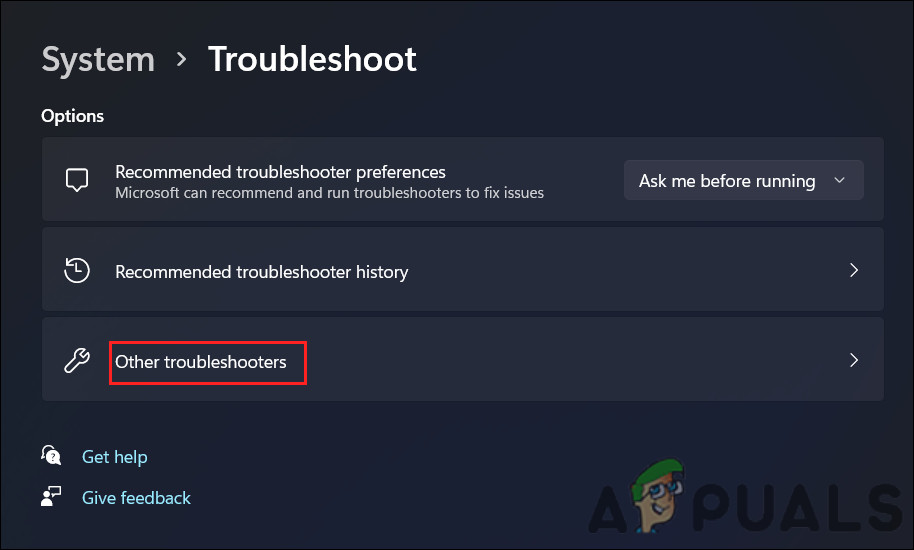
Click on the Other troubleshooters option - Locate the Network Adapter troubleshooter and click on the Run button for it.
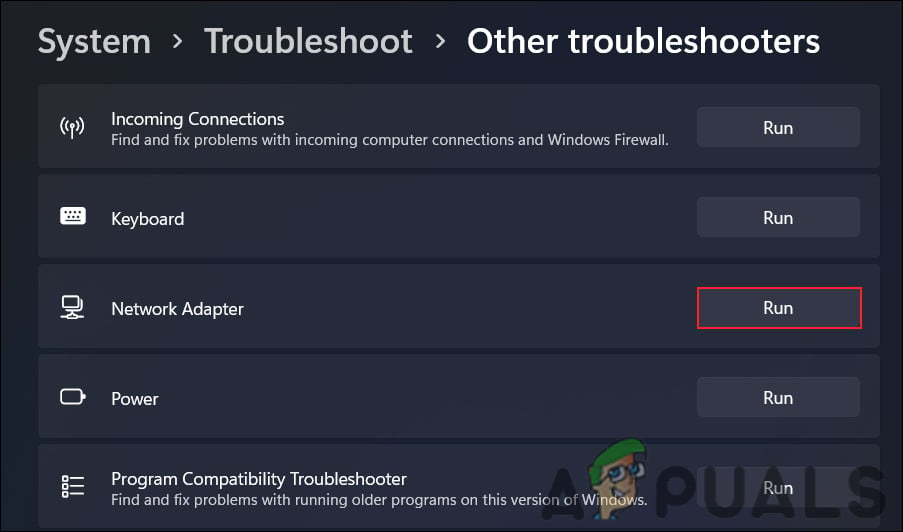
Run the Network Adapter troubleshooter - If the troubleshooter finds any errors and suggests fixes, click on Apply this fix.
- Otherwise, click on Close the troubleshooter and move to the next method below.
2. Re-enable the network adapter
If any software or driver conflicts are causing the problem, disabling and re-enabling the network adapter can help.
Disabling a network adapter stops Windows from using that adapter and releases all resources associated with it. When you re-enable the adapter, Windows reloads the drivers and reconfigures the adapter with fresh settings, which can resolve any issues that were causing the adapter to crash.
Here is how you can do that:
- Press the Win + S keys together to open the search utility.
- Type Device Manager in the search bar and click Open.
- Now, in the following window, expand the Network adapters section and right-click on your network driver.
- Choose Properties from the context menu.
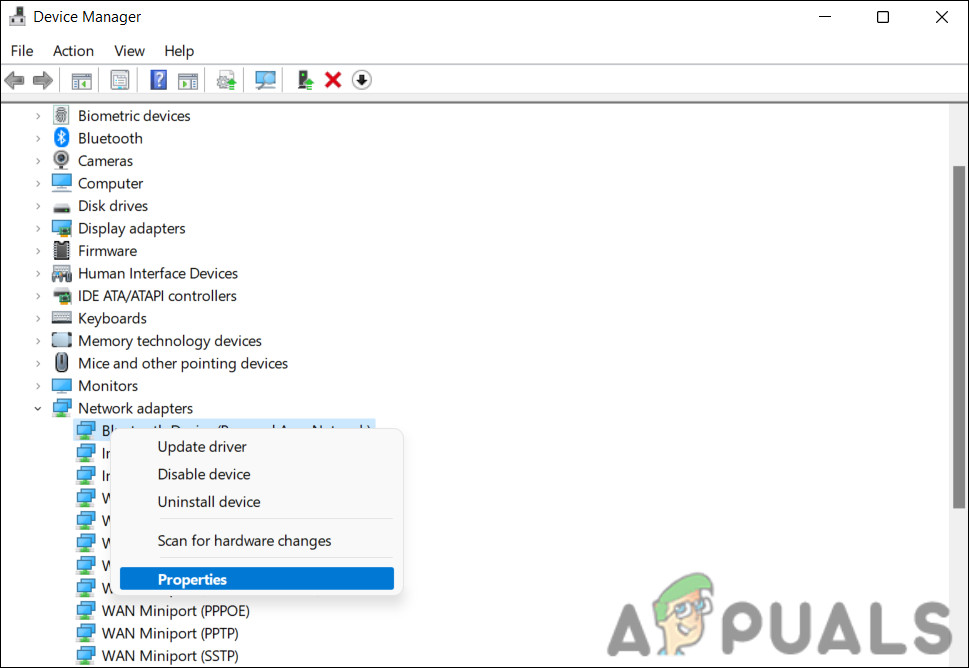
Access the properties - In the Properties dialog, click on the Disable Device button.

Click on the Disable Device button - Wait for a few seconds and then hit Enable.
3. Update the driver
As we mentioned earlier, the network driver can be corrupt or outdated, which is leading to the problem at hand. Drivers help the system communicate with the hardware and if they fail to function properly, the communication of the system with the network driver will be affected.
In this case, the network adapter may crash or malfunction, resulting in slow internet speeds, frequent disconnections, and even a complete network failure.
If this scenario is applicable, you can try updating the driver.
Here is how you can do that:
- Press the Win + S keys together to open the search utility.
- Type Device Manager in the search bar and click Open.
- Now, in the following window, expand the Network adapters section and right-click on your network driver.
- Choose Update driver from the context menu.

Updating Network Driver - Click on Search automatically for drivers and wait for the system to pick an updated version of the network driver.
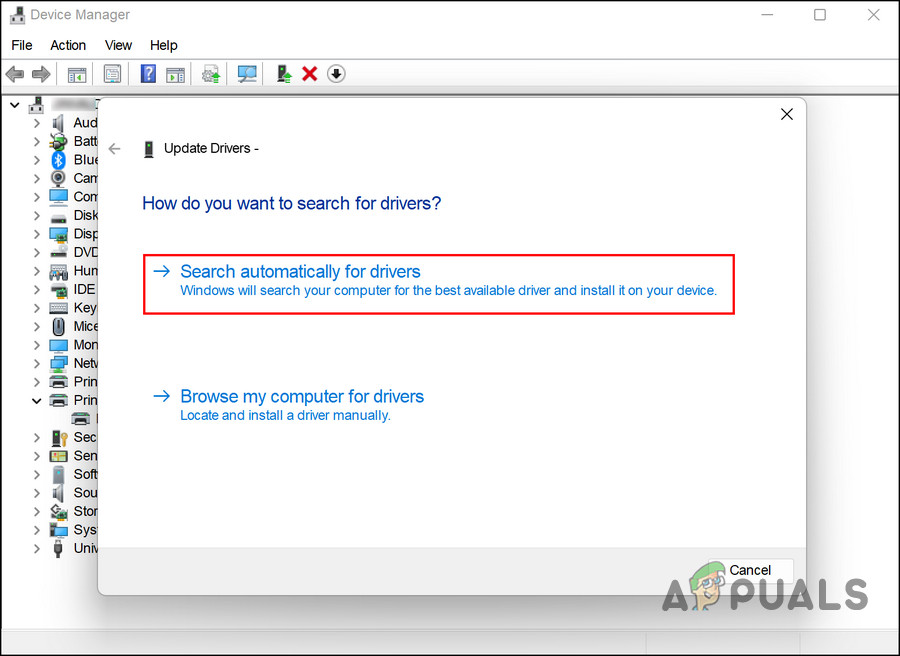
Update the driver - Follow the on-screen instructions to proceed and then check if the issue is resolved.
If the system does not have an updated version of the driver already, you can download and install one manually as well, using your browser. However, since due to the problem at hand you might not be able to use the Wi-Fi, you can download the driver file to another device and export it to your computer via a USB.
Here are the steps to manually update the driver:
- Head over to the manufacturer’s website and download the latest network driver from there.
- Now, open the Device Manager again and right-click on your network driver.
- Choose Update driver > Browse my computer for drivers.
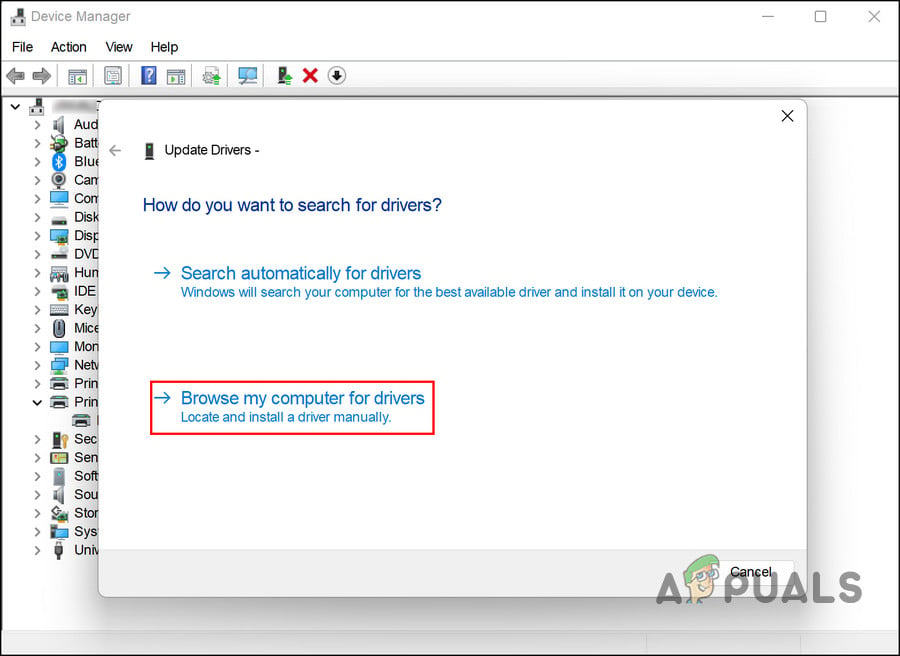
Browse your computer for drivers - Click on Let me pick from an available driver and pick the driver you just downloaded.
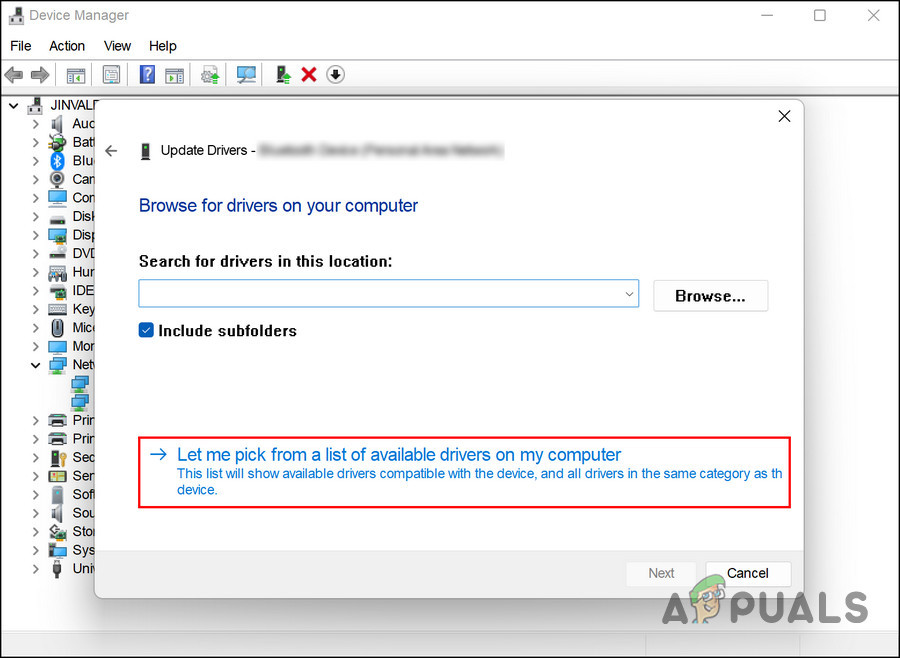
Pick a driver - Follow the on-screen instructions to complete the process and then check if the issue is resolved.
4. Reset the network settings
Changing the network configuration to its defaults should also help resolve the issue with Windows’ network adapter crashing. For this, you can perform a network reset that includes removing any custom settings, network profiles, and drivers that might have been causing the issue.
Here is how you can perform a network reset:
- Press the Windows + I keys together to open the Settings app.
- Choose Network & internet from the left pane.
- Scroll down and click on Advanced network settings.

Click on Advance network settings - Head over to the More settings section and click on Network reset.
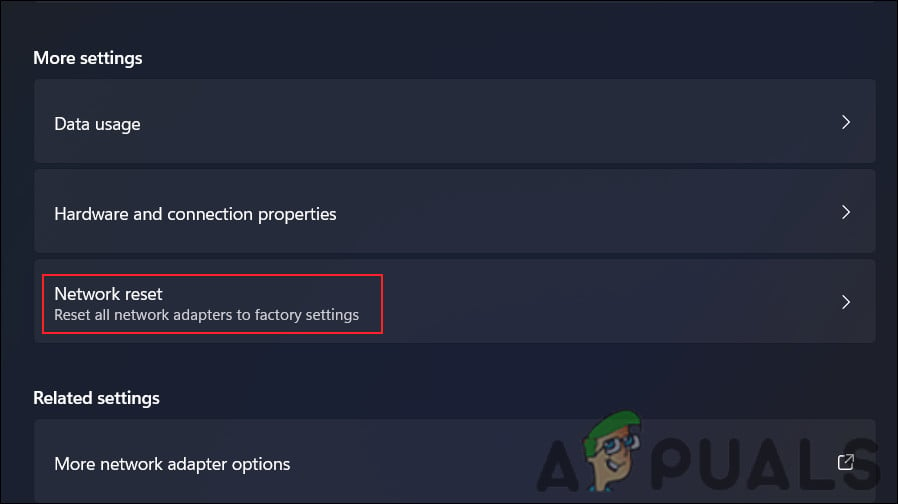
Click on the Network Reset option - Click on the Reset now button and wait for the process to complete. Once it’s done, check if the issue is resolved.

Click on the Reset now button
5. Repair install Windows
If the troubleshooting methods above have not helped, you can try performing a repair install as the last resort.
A repair install involves repairing or reinstalling the existing operating system without deleting any personal data. Repair installs allow you to repair or replace system files that may be causing issues with your network adapter. This method can also help you update any outdated drivers or system components that may be contributing to the issue.





